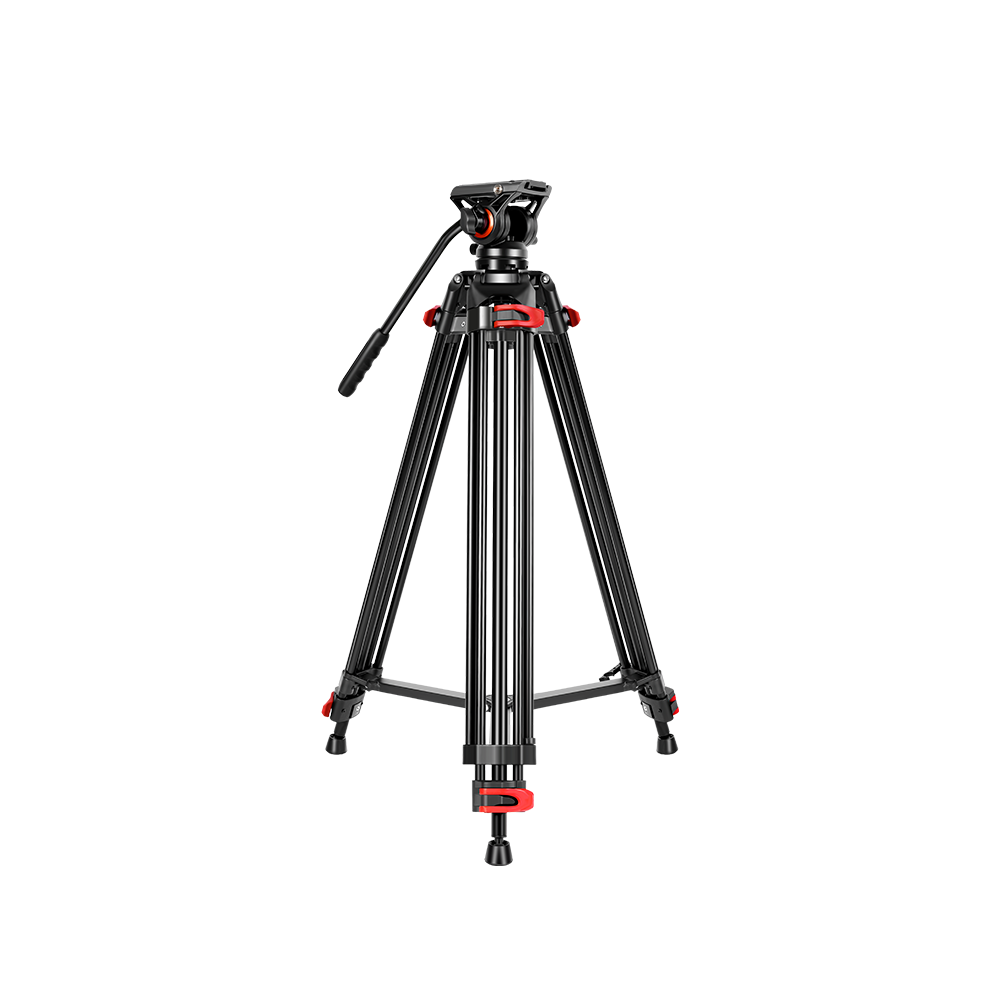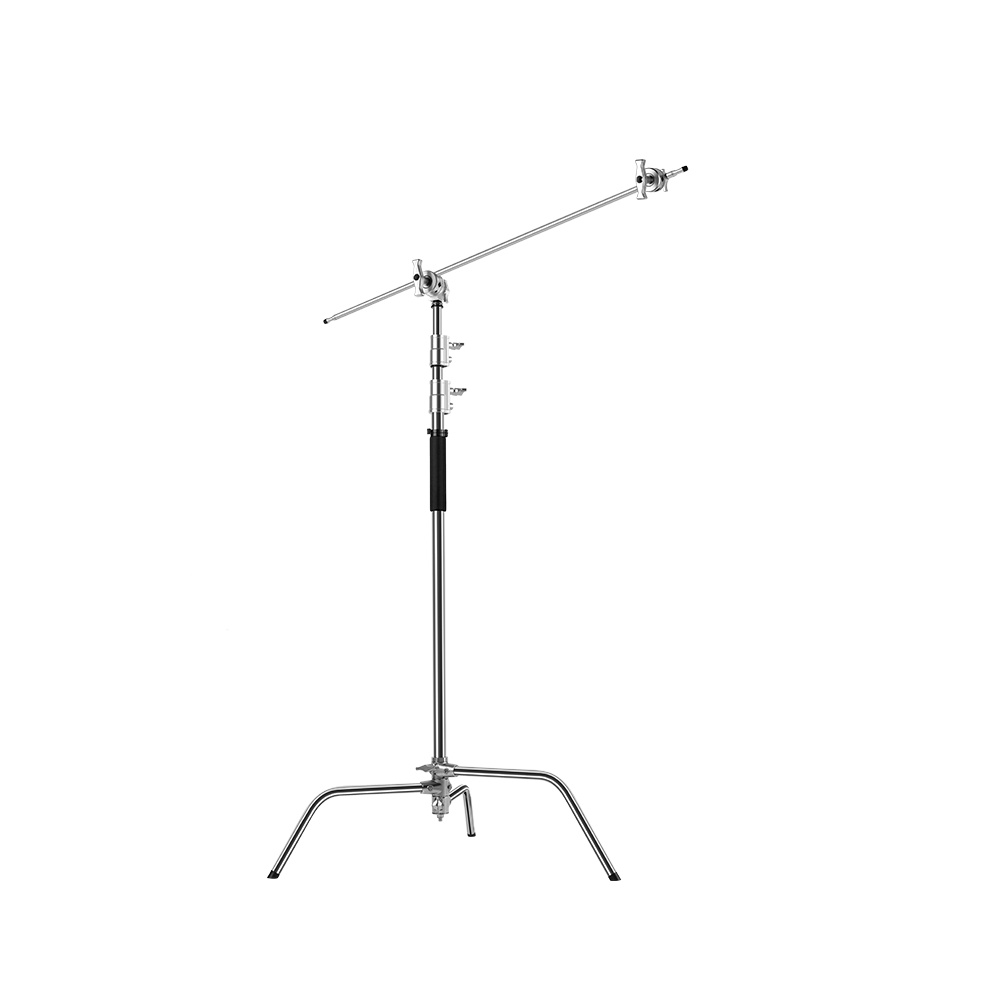

GVM LED Video Lighting Kit Setup Tutorial For Perfume
Using natural light is one of the easiest ways to shoot still life with minimal equipment. Normally, natural light is soft and flattering for still life.
When shooting indoors, it is affected by the weather and the environment. Sometimes the natural light coming in from the window is not strong enough, or the angle is not suitable, which cannot meet the shooting needs. At this time, we can use the flash to simulate or enhance the natural light. Not restricted by the natural light environment. Here is how to easily create natural light using continuous lighting. What is natural light?
Natural light is also called "visible light", which does not directly show polarization. It is the light from the sun. Commonly used in photography are front light, 45° metering, 90° metering, and backlighting.
For the purposes of this guide, we treat natural light as a light that is very soft, diffuse, and traditionally more pleasing to still live. A good way to understand what I'm talking about is to take a picture by the window on a cloudy day. This is how it looks:
The edge of the shadow is gradual, and the shadow itself is filled. There is no clipping on the object. Doing the same picture outside will provide a similar effect:
One caveat of shooting under natural window light is that it is not always available. In addition, you usually need a high ISO to capture a lot of detail. Finally, the windows are fixed and it is difficult to compose a picture around a fixed light source. An easier way to use "natural" light is to simulate it using a strobe. This is how I did it step by step: Reproduce natural light
In order for the light to look natural, the flash must be positioned above the subject and tilted downward toward the subject. This will create shadows under the nose and under the chin. The light itself must be placed in front of the subject. This is what it looks like:
The test lens showed us the dark shadows on the wall, the edges of hard shadows, and the overall contrast was too high to look unnatural. This kind of light decays very quickly. This is not the way we describe natural light in the first place. Therefore, we need a modification.
In order to produce diffuse, low contrast, and gradient shadow edges, we need a large modifier with a white interior. Optional add-ons are diffusers or scrims. Because I like to keep equipment to a minimum, I chose the first option.
Of course, there are many other ways to create natural light, including the use of white reflectors. In a word, to create natural light is to define what kind of natural light you want, and then use your knowledge of light shaping tools to implement this idea.

















.png?fit=108%2C67&ssl=1)